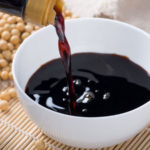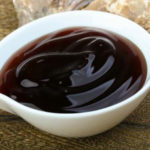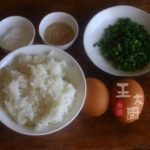Sushi is a harmonious blend of pressed rice and fresh seafood or some cooked dishes, a popular favorite. To fully enjoy this delicacy, here are some tips on how to eat sushi like a true Japanese, preserving its fresh and delicious flavors:
1 Do Not Mix Wasabi in Soy Sauce
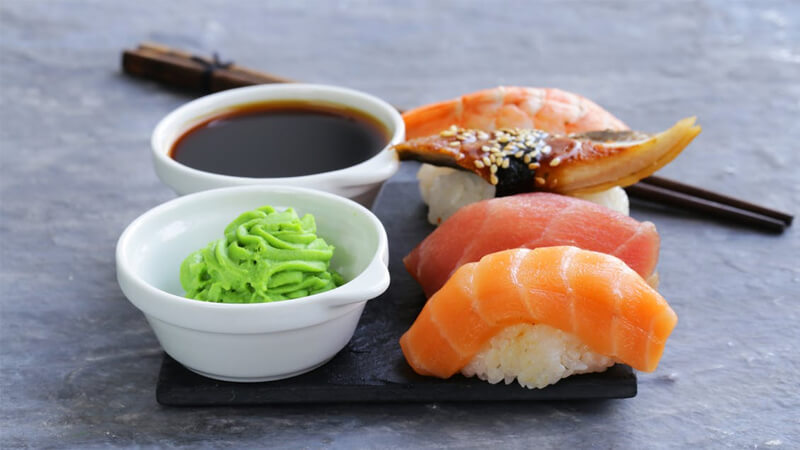 Wasabi enhances the flavor of sushi
Wasabi enhances the flavor of sushi
While it is common for Vietnamese to mix wasabi with soy sauce for dipping, the Japanese style of eating sushi involves placing a small amount of wasabi on the sushi itself before dipping it into the soy sauce.
Moreover, they avoid dipping the rice into the soy sauce as it can become too soggy and overpower the delicate flavors of the seafood.
2 Eat Pickled Ginger Between Different Types of Sushi
 Pickled ginger, or “gari,” is served with sushi
Pickled ginger, or “gari,” is served with sushi
“Gari”, thinly sliced pickled ginger in sweet vinegar, is typically served with sushi. As each type of sushi has its unique flavor, it is recommended to eat a small amount of pickled ginger between different types of sushi to cleanse your palate.
3 The Proper Order for Eating Sushi
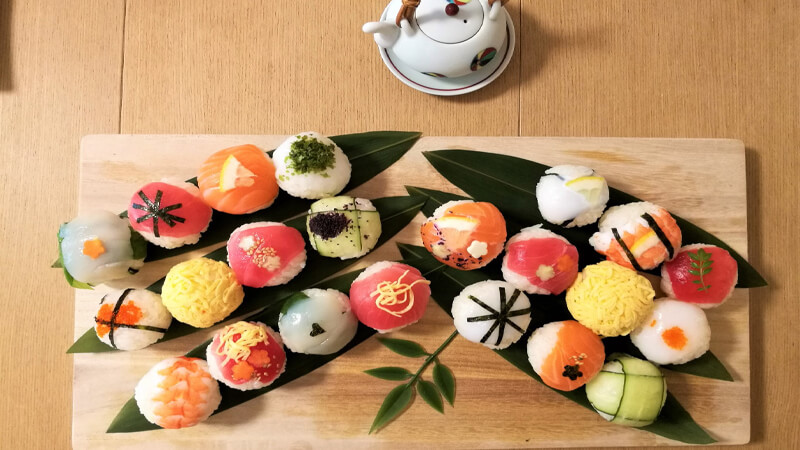 Various types of sushi
Various types of sushi
The ideal order for eating sushi is to go from light to strong flavors. Start with a piece of white fish, followed by silver fish, then red fish, and finally, savor the flavors of salmon and salmon roe. End your meal with a simple roll, such as tuna. The egg sushi serves as a dessert.
4 Eating Sushi with Chopsticks or by Hand
You have the option to eat sushi with chopsticks or by hand. Using your hands can provide a novel experience.
When eating with your hands, hold the sushi between your thumb and middle finger, with the index finger on top. Using chopsticks keeps your hands clean but can be tricky when dipping and picking up the sushi.
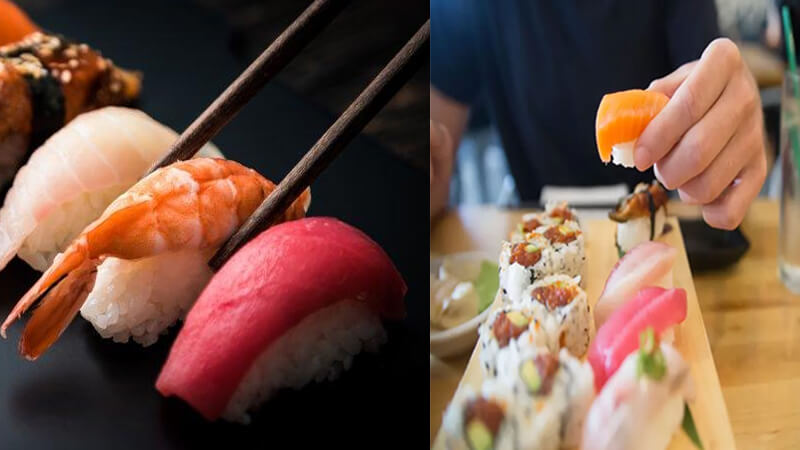 Sushi can be eaten with hands or chopsticks
Sushi can be eaten with hands or chopsticks
5 The Right Way to Dip Sushi in Soy Sauce
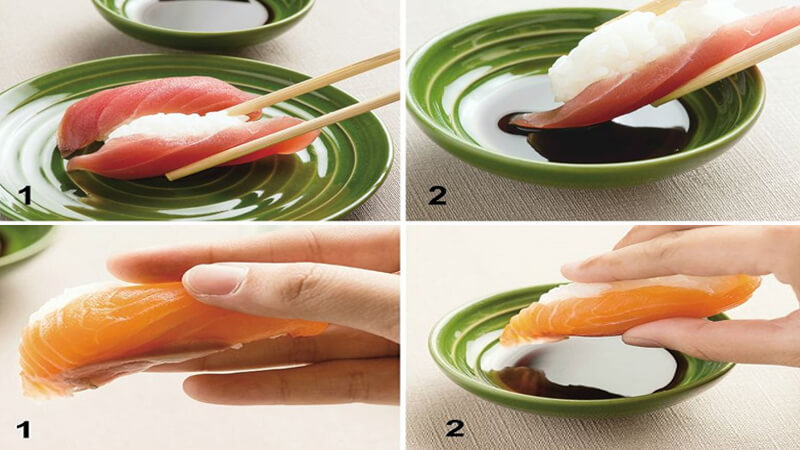 Dipping sushi into soy sauce
Dipping sushi into soy sauce
To enjoy sushi at its best, dip it into soy sauce, but only the seafood side, to avoid making it too salty. Sushi is often wrapped with sticky rice, which can fall apart easily.
Chefs carefully balance the proportions of seafood and rice, so do not separate the rice from the seafood when eating sushi.
6 Miso Soup is Best Enjoyed at the End of the Meal
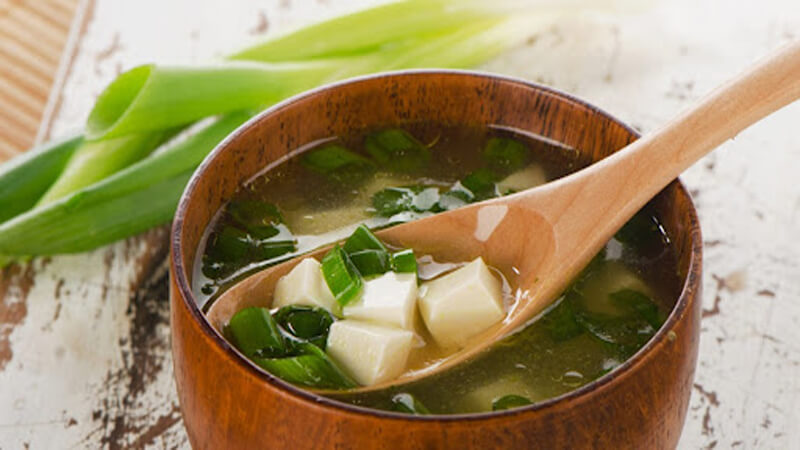 Miso soup is typically served at the end of the meal
Miso soup is typically served at the end of the meal
Miso soup is usually served at the end of the meal by the Japanese. Its flavor helps neutralize any lingering fishy tastes. Slurping the soup is considered a compliment to the chef, indicating your enjoyment of the meal.
Knowing the proper way to enjoy a dish enhances the dining experience. We hope these tips on how to eat sushi like a true Japanese will allow you to fully appreciate this traditional delicacy.
Comparing Chinsu and Maggi: Which Soy Sauce is Best?
Do you know which type of soy sauce is better for your health: Chinsu or Maggi? In this article, we will compare these two types of soy sauce to help you make the best decision. Currently, Chinsu and Maggi soy sauce are the most popular choices on the market, but many people are still unsure about which type is healthier.

























